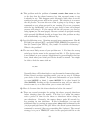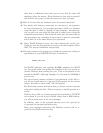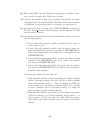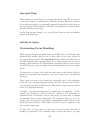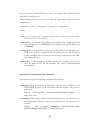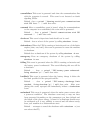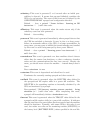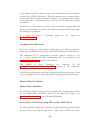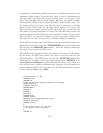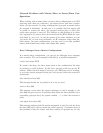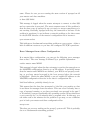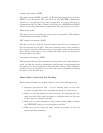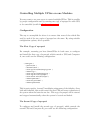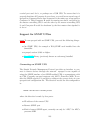port), which is called the master, can provide information to other machines
powered by the UPS, called slaves. When the master detects a power failure,
it will notify all the slaves (maximum of twenty). If the master detects that
the battery is low, it will also notify the slave so that the slave may perform
a shutdown.
In addition, in cases where you wish to keep the master up longer than the
slave, you can configure the slave to shut down in a predetermined time after
the UPS goes on batteries.
If a picture is worth a thousand words for you, please see
Configuration types..
Configuration Directives
If you are setting up a master/slave configuration, you will be required to
make some modifications to the apcupsd.conf files after the build is done.
The minimum set of configuration directive changes needed to cre-
ate a proper master and slave configuration files is described in the
Configuration Examples section of this manual.
The details of these directives are explained in the
Configuration Directives for Sharing a UPS section of the Configura-
tion chapter of this document.
In addition, sample master and slave configuration files can be found in the
<src>/examples directory (apcupsd.master.conf and apcupsd.slave.conf).
Master/Slave Problems
Master/Slave Shutdown:
For additional details of shutting down a master/slave configuration, please
see the Master/Slave Shutdown section of the Shutdown chapter (see
Shutdown Sequence <1>) of the Technical Reference.
Server/Slave Networking using NIS and the NET Driver:
It is also possible to implement a network of NIS server/slave apcupsds using
the new 3.10.x code and the net driver. This mode of NIS server/slave
106



